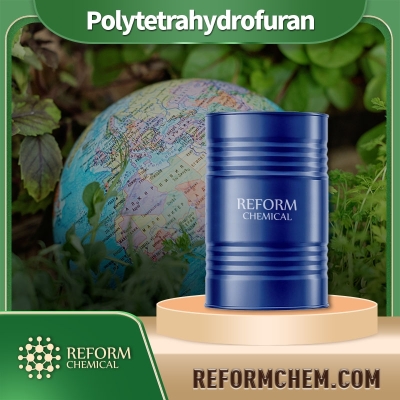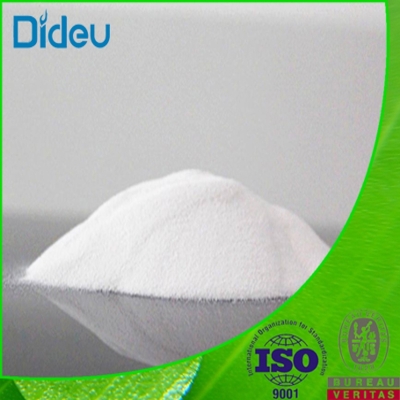-
Categories
-
Pharmaceutical Intermediates
-
Active Pharmaceutical Ingredients
-
Food Additives
- Industrial Coatings
- Agrochemicals
- Dyes and Pigments
- Surfactant
- Flavors and Fragrances
- Chemical Reagents
- Catalyst and Auxiliary
- Natural Products
- Inorganic Chemistry
-
Organic Chemistry
-
Biochemical Engineering
- Analytical Chemistry
-
Cosmetic Ingredient
- Water Treatment Chemical
-
Pharmaceutical Intermediates
Promotion
ECHEMI Mall
Wholesale
Weekly Price
Exhibition
News
-
Trade Service
4.
4.
In ethanol medium, using phenolphthalein as indicator, neutralize and titrate with sodium hydroxide standard titration solution
4.
4.
4.
4.
4.
General laboratory equipment and
4.
4.
4.
Measure 25 mL of ethanol and place it in an Erlenmeyer flask, add about 2 to 3 drops of phenolphthalein solution, and titrate with sodium hydroxide standard titration solution to slightly pink
4.
Acidity ( calculated as acetic acid ) X 2 , expressed in mass percentage, calculated according to formula (2):
In the formula: c 1 - the actual concentration of the sodium hydroxide standard titration solution, mol/L;
V 1 —The volume of the standard titration solution of sodium hydroxide consumed by the sample, mL;
V—sample volume, mL;
p—The density of the sample at 20°C, g/cm 3 ;
0.
Take the arithmetic average of the two parallel determinations as the result
4.
4.
6 Tolerance
The difference between the two parallel determination results is not more than 0.
001%
.
4.
5 Determination of carbonyl compound content
4.
5.
1 Principle of the method
The carbonyl compound in the sample reacts with hydroxylamine hydrochloride to generate oxime, and at the same time releases the equivalent amount of hydrochloric acid .
The free hydrochloric acid is potentiometric titrated with potassium hydroxide ethanol standard titration solution
.
4.
5.
2 Reagents and solutions
4.
5.
2.
1 Anhydrous ethanol
.
4.
5.
2.
2 Hydroxylamine hydrochloride ethanol solution: 10g/L
.
Dissolve 50g of hydroxylamine hydrochloride in 130mL of water and dilute to 1000mL with absolute ethanol
.
Take 100mL of this solution and dilute to 500mL with absolute ethanol
.
4.
5.
2.
3 Potassium hydroxide ethanol standard titration solution: c(KOH)=0.
1mol/L
.
Weigh about 7g of potassium hydroxide, add 50mL of water, dissolve and dilute to 1000mL with absolute ethanol, shake well and let stand for a few days, take the supernatant liquid with phenolphthalein as indicator, and titrate the solution with hydrochloric acid standard [c(HCl)= 0.
1mol/L] calibration
.
4.
5.
2.
4 Potassium hydroxide ethanol standard titration solution: c(KOH)=0.
01mol/L
.
Dilute the above solution (4.
5.
2.
3) accurately by 10 times
.
The validity period is one week
.
4.
5.
3 Apparatus
General laboratory equipment and
4.
5.
3.
1 Erlenmeyer flask with reflux condenser: 250mL
.
4.
5.
3.
2 Acidity meter: with glass electrode and calomel reference electrode
.
4.
5.
4 Analysis steps
Draw 30 mL of the sample into an Erlenmeyer flask containing 10 mL of hydroxylamine hydrochloride solution, add 10 mL of absolute ethanol, install a condenser, reflux in a boiling water bath for 30 minutes, take out the Erlenmeyer flask with condenser, and cool to room temperature
.
Rinse the inner wall of the condenser with 10 mL of absolute ethanol, remove the conical flask, transfer all the solution in the bottle to the beaker, wash the pincer flask with 125 mL of absolute ethanol several times and pour it into the beaker, titrate with potassium hydroxide ethanol standard The solution is titrated, and the pH value is measured with an acidity meter
.
Plot the change curve of the titration volume and the pII value of the measured solution.
The inflection point of the curve (pH value is about 3) is the end point of the titration
.
The consumption volume of potassium hydroxide standard titration solution (mL) can also be used to plot the first-order derivative of pH value or the second-order derivative method to calculate the consumption volume of potassium hydroxide standard titration solution at the end point
.
At the same time, make a blank test
.
4.
5.
5 Calculation of results
The content of carbonyl compound (calculated as 2-ethylhexanal) X 3 , expressed in mass percentage, calculated according to formula (3):
In the formula: c 2 — the actual concentration of potassium hydroxide ethanol standard titration solution, mol/L;
V 2 —The volume of the potassium hydroxide ethanol standard titration solution consumed by the sample, mL;
V 0 —Blank consumption volume of potassium hydroxide ethanol standard titration solution, mL;
V―The volume of the sample, mL;
p—The density of the sample at 20°C, g/cm 3 ;
0.
1282—The mass of 2-ethylhexanal in grams equivalent to 1.
00 mL of potassium hydroxide ethanol standard titration solution [c(KOH)=1.
000mol/L]
.
Take the arithmetic average of the two parallel determinations as the result
.
4.
5.
6 Allowance
The difference between the two parallel determination results is not more than 0.
005%
.







